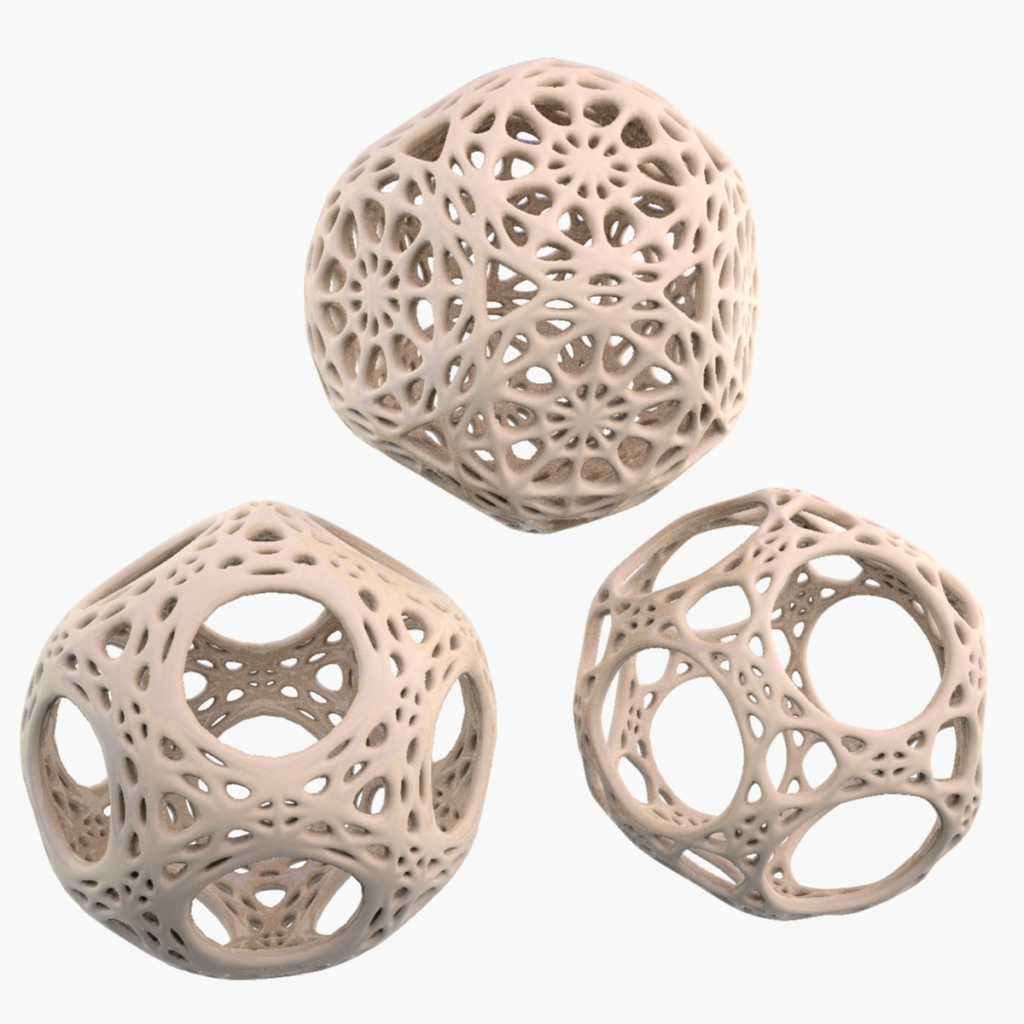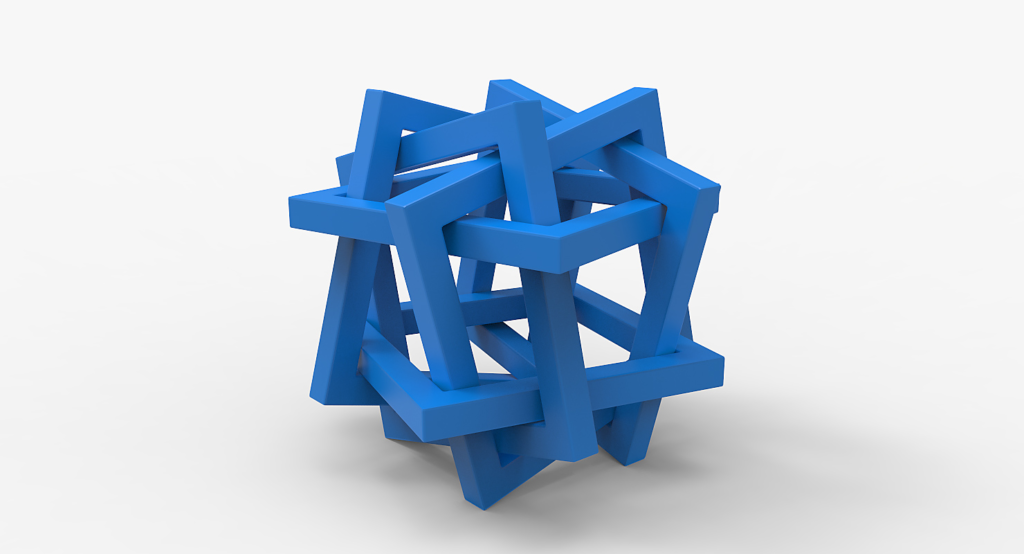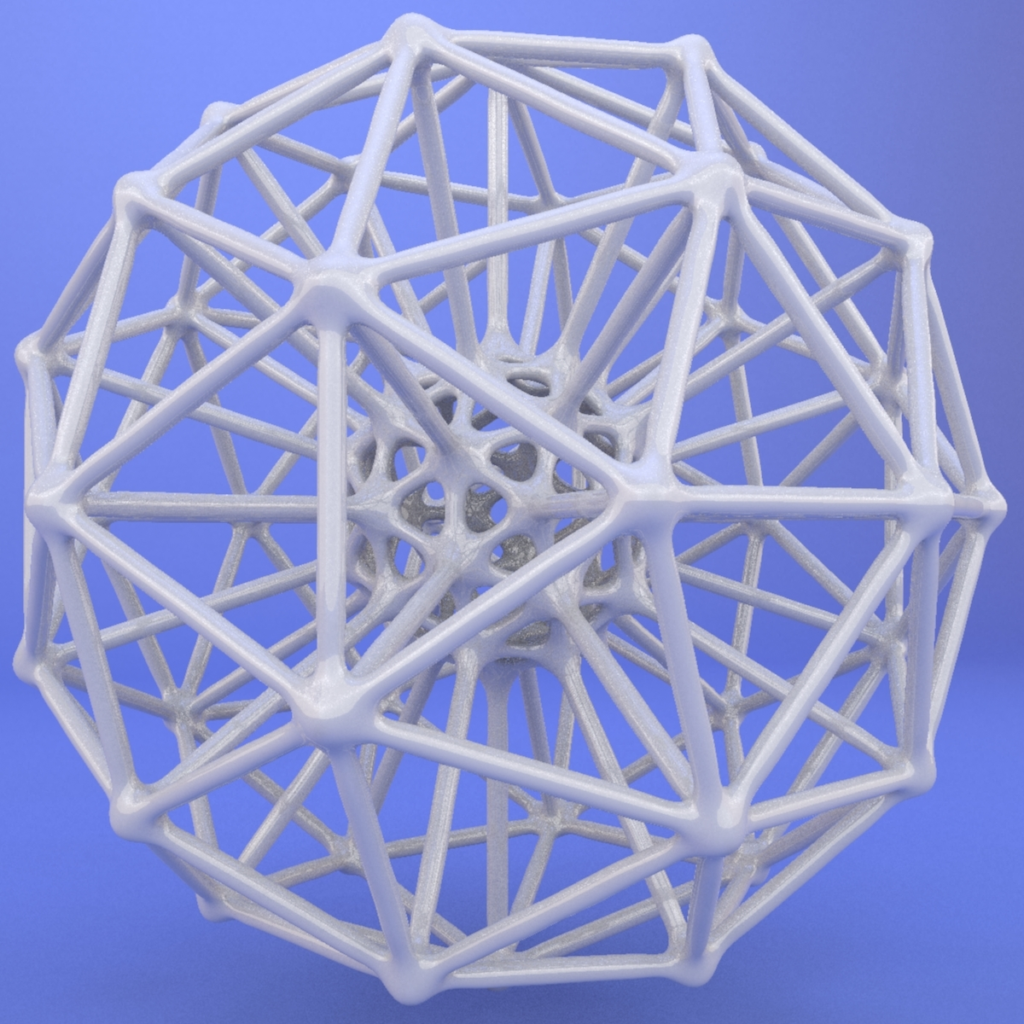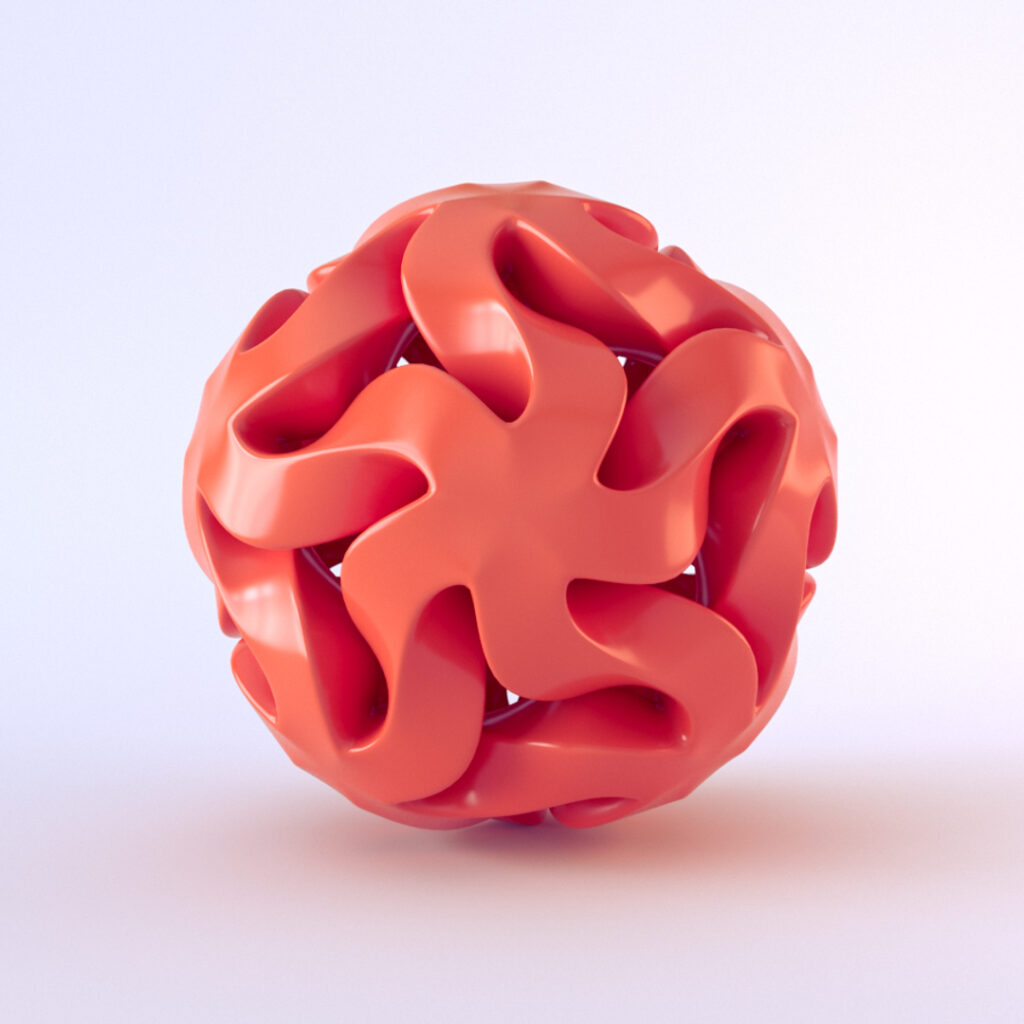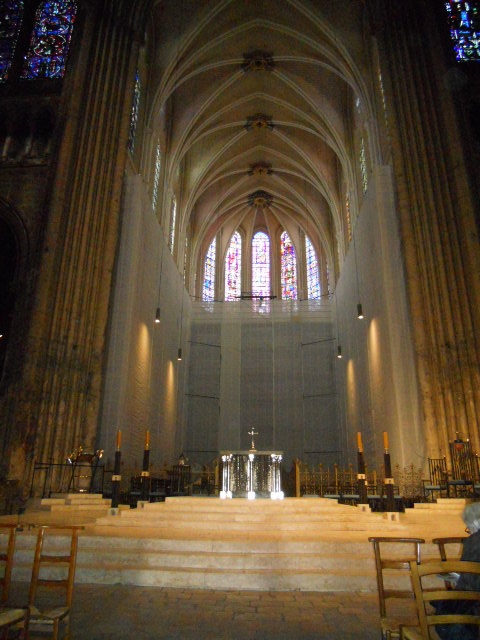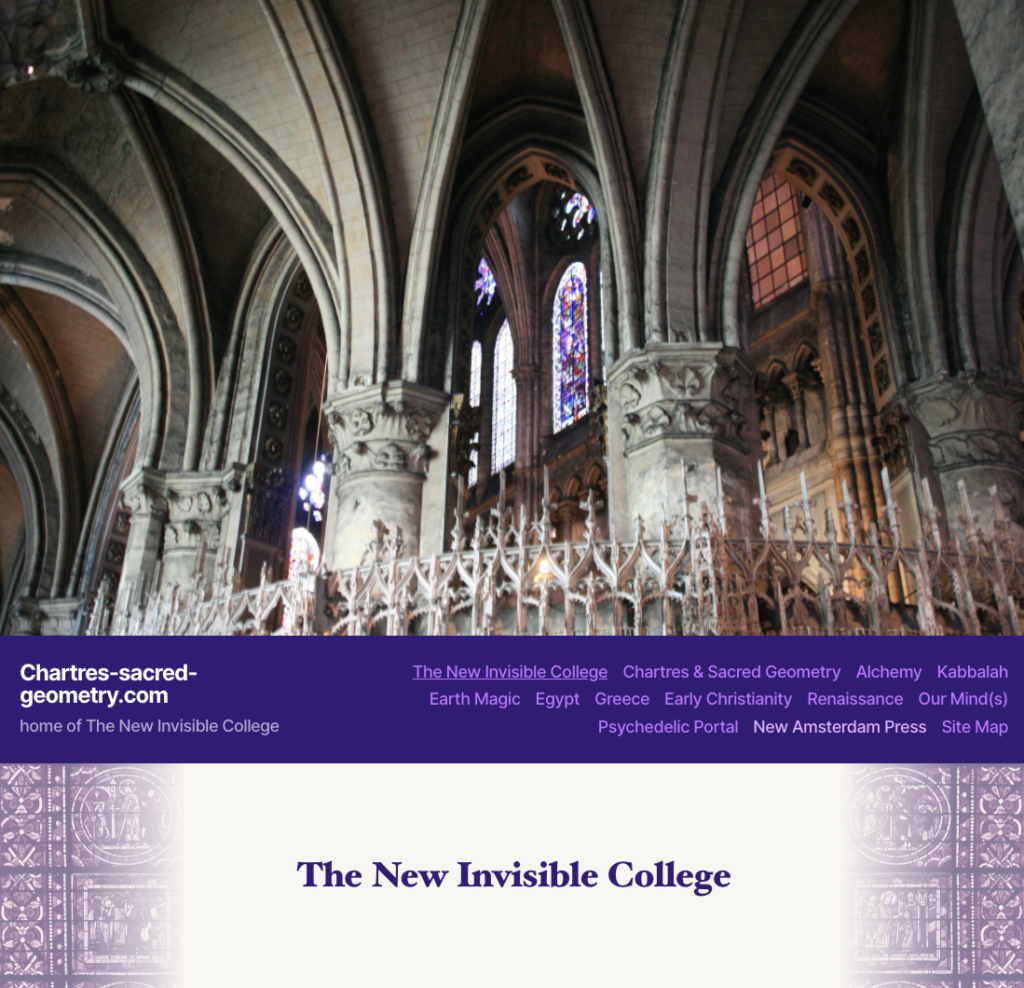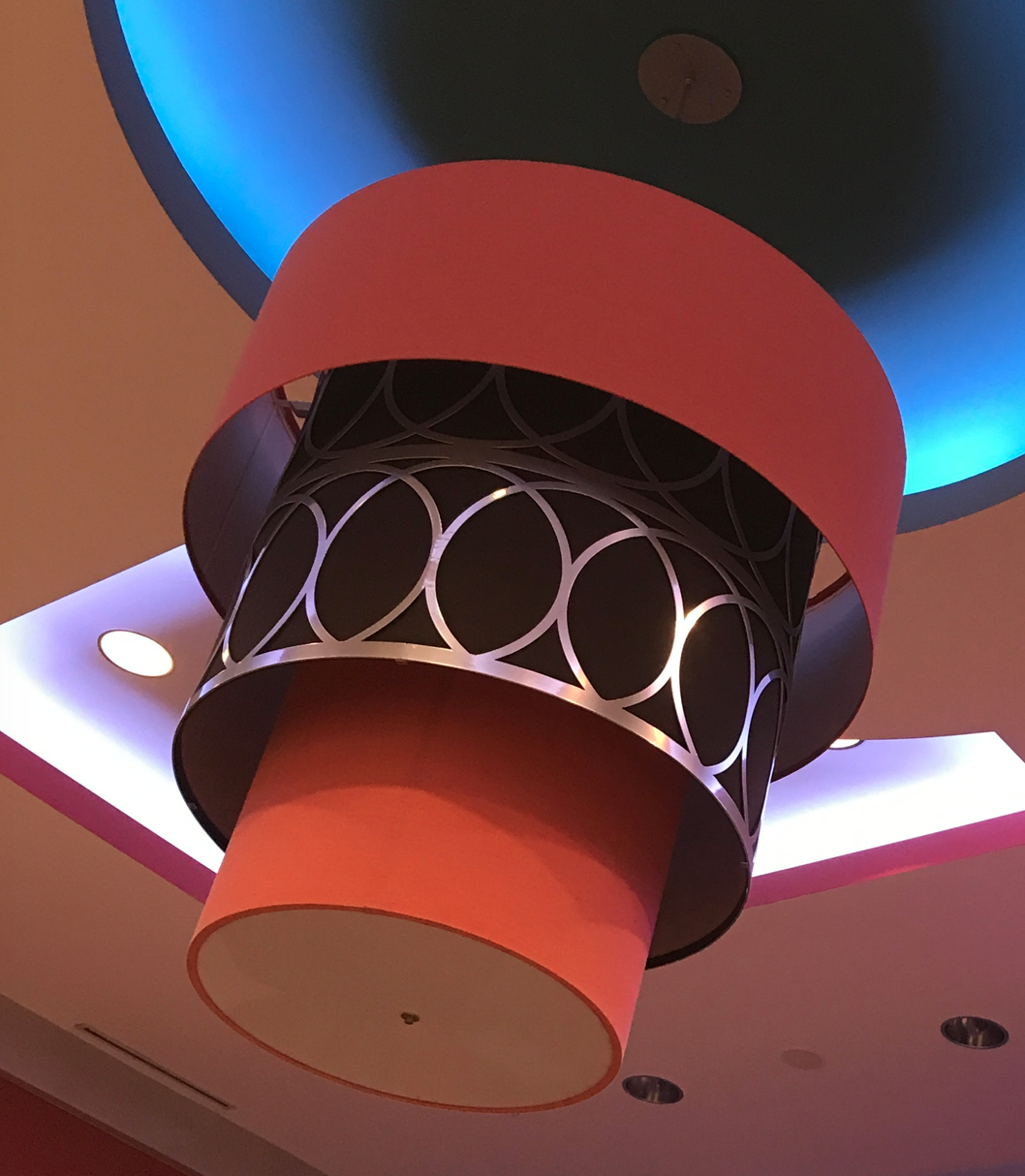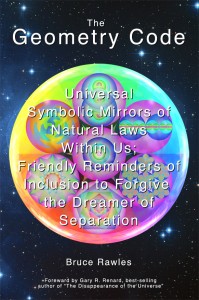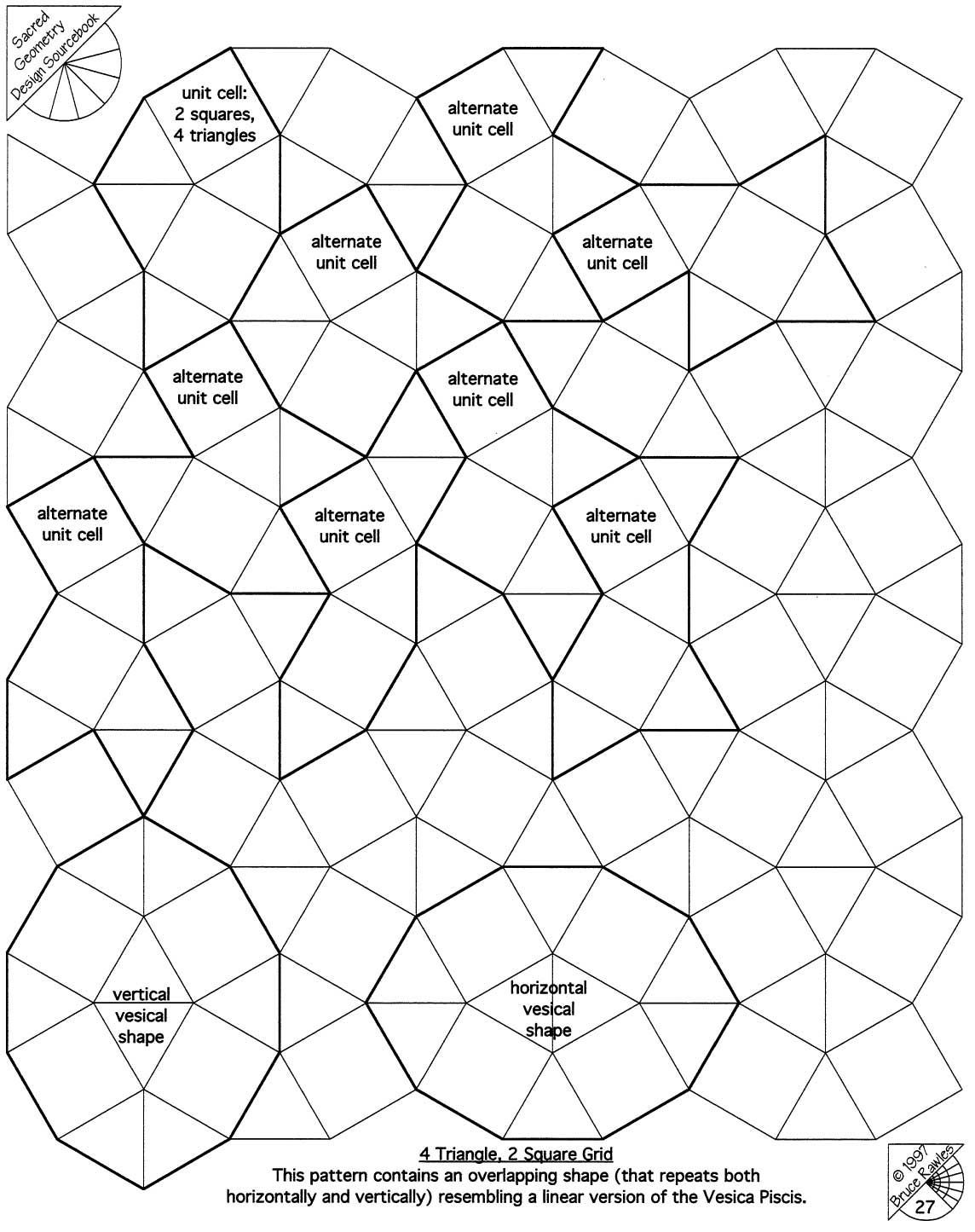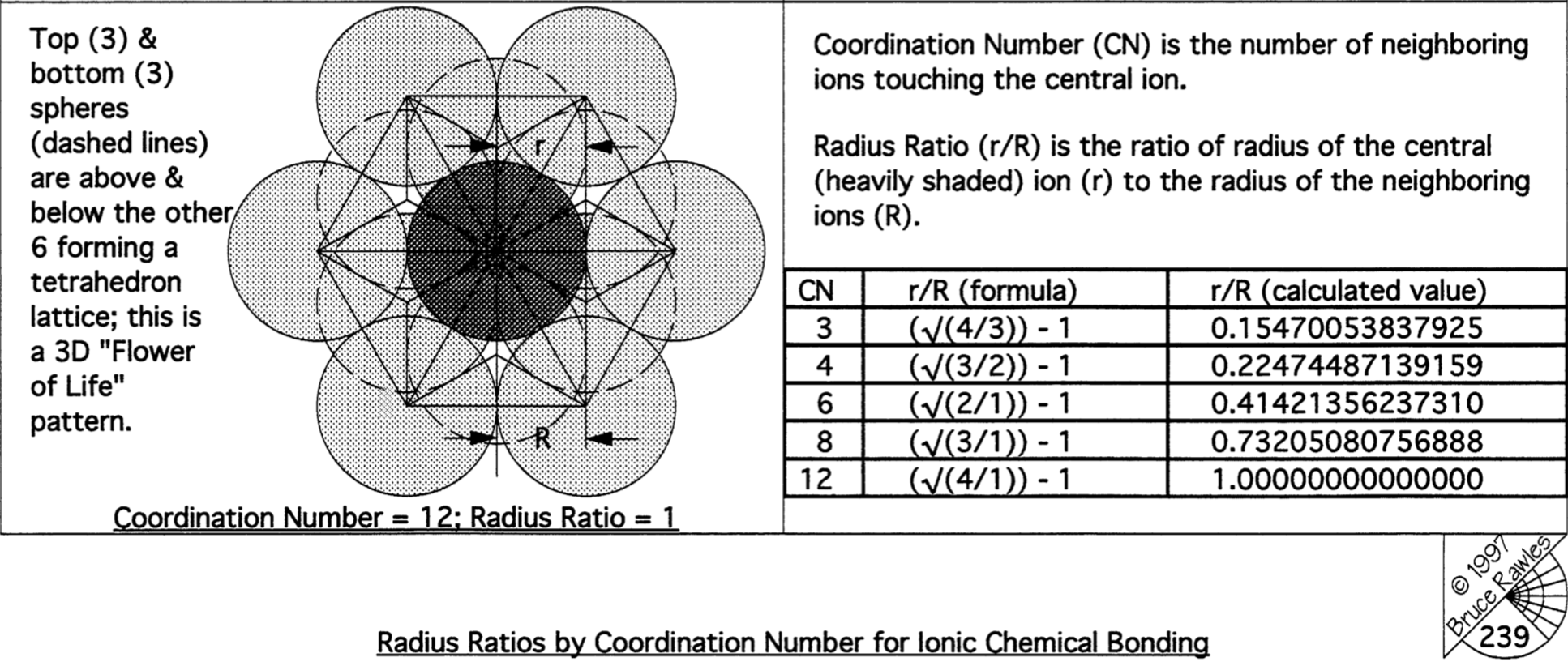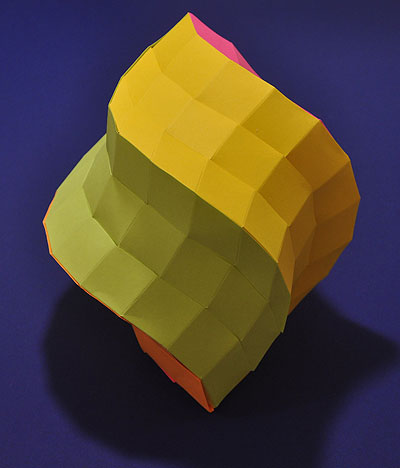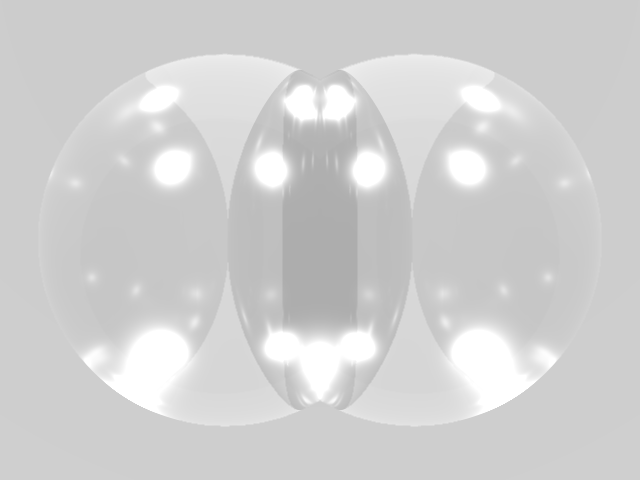Fellow geometer, 3D animator, techno-nerd, mystic, and life-long friend, Dave Van Dyke alerted me to some examples of very cool 3-dimensional models using TurboSquid (3D Models for Professionals) a couple of days ago. The links below connect with a small set of the many examples of 3-d geometric models – some free, others inexpensive – all gems, especially considering the “labor of love” efforts put into these detailed models! Going beyond geometric constraints, you have orders of magnitude more to explore! They can be downloaded and adapted wherever your imagination might lead! Here are some samples to pique your interest!
